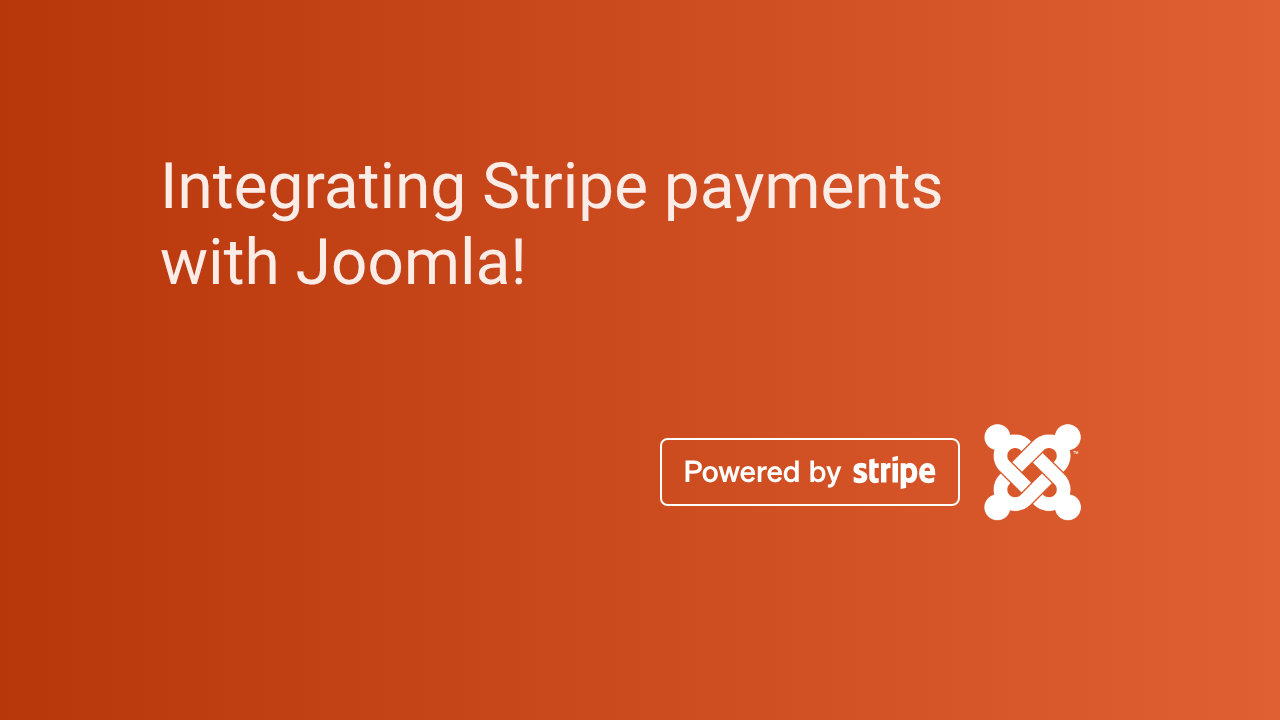Joomla® — The Flexible Platform Empowering Website Creators
Joomla! is an award-winning content management system (CMS), which enables you to build web sites and powerful online applications.
Multizone have been building websites and content management solutions with Joomla since its inception in 2005 and love it. it may not have the market share of some of the competition, but it is award-winning, free and open-source.
Joomla! has a global community of developers and volunteers, who make sure the platform is user friendly, extendable, multilingual, accessible, responsive, search engine optimized and more.
How to get started with Joomla!
Joomla! is free, open, and available to anyone under the GPL. If you are unfamiliar with this license, you might want to read the GNU General Public License FAQ. Read Getting Started with Joomla! to find out the basics.
If you're ready to install Joomla! by yourself ou can download the latest version of Joomla! and you'll be up and running in no time.
Joomla tech notes and demos
Integrating Stripe into Joomla by creating a subscription plugin involves creating a custom Joomla plugin that utilizes the Stripe PHP library to handle payments, setting up a subscription using the Stripe API, and connecting that subscriptio to a Joomla User.
Here’s a step-by-step guide to help you achieve that integration. It will require installing the Stripe CLI – an essential tool that gets you command line access to your Stripe integration. Then the Stripe PHP server-side SDK to get access to Stripe APIs from applications written in PHP. Lastly it will integrate the SDK with the Joomla plugin framework to enable Stripe payments within Joomla!
Note: – This step by step integration of Stripe with Joomla requires a working knowledge of terminal commands, PHP, and the Joomla CMS plugin technologies.
- Details

Writing a plugin for Joomla 5 involves several steps, from setting up the necessary files to implementing the plugin logic. Joomla plugins are event-driven and allow you to extend Joomla's functionality by listening for events triggered by the system or other extensions.
TL:DR – Here’s a detailed step-by-step guide on how to write a really simple Joomla 5 plugin. Out of acorns oak trees grow.
- Details

Integrating Stripe with Joomla can be done efficiently using third-party extensions or by manually integrating the Stripe API.
TL:DR – Below is a step-by-step guide for the easiest way to integrate Stripe with Joomla using a Stripe payment extension.
- Details

Enhance your Joomla site by creating a layout override for precise design control.
Joomla is an adaptable content management system (CMS) for web agencies, large and small companies, online shops, bloggers, communities, and all kinds of organisations (for example, NGOs, schools, charities and governments) all use Joomla as their preferred CMS.
Joomla is written by committed volunteers. Many of those volunteers use it in their everyday web design, building and hosting. So, unlike many other systems, Joomla is built by those using it on a daily basis. That is reflected in its secure, robust nature.
Joomla stands apart in its advanced functionality which allows developers to manipulate and modify the appearance of websites using a feature known as overrides. A layout override in Joomla enables customisation of the output from templates and extensions without altering the core files. This approach ensures that updates to Joomla or its extensions do not overwrite these changes, offering a seamless, maintainable way to extend a website’s functionality.
TL:DR – In this article, we will explore the step-by-step process of creating a layout override and how it empowers developers to take full control of their Joomla site’s design. Note that this is not about template overrides, it is about layout overrides - they are different things!
- Details
Read more: Creating a layout override (alternative layout) in Joomla

I had a little plugin to generate my table of contents out of the headers but it never really worked properly, so I today got around to finging a better solution. It works, but its not exactly straightforward, reminding me of an old friend at Sun Microsystems who triumphantly brought a laser printed sheet of A4 paper over and said 'its taken me a week to print this but I've learned a lot about Unix'. Anyway I think my new table of contents in Joomla looks pretty nice. See for yourself, Its below the read more.
TL:DR – Thank you to Clifford E Ford who wrote the example on the Joomla site in 2019.
- Details
- Installing Joomla 5 on Ubuntu Desktop 24.04 LTS
- Preview Font Awesome icons in Joomla
- Icons stripped out of Joomla articles
- Joomla Sitemap
- Menu icons in Joomla
- Menu link class in Joomla Cassiopeia
- Scalable Vector Graphics in Joomla
- Joomla search engine friendly (SEF) site optimisation (SEO)
- Find and replace across all your Joomla articles
- Enhancing Joomla CMS Site Security with SSH Keys
- Updating Joomla 4 to latest
- Joomla Cassiopeia template resource kit
